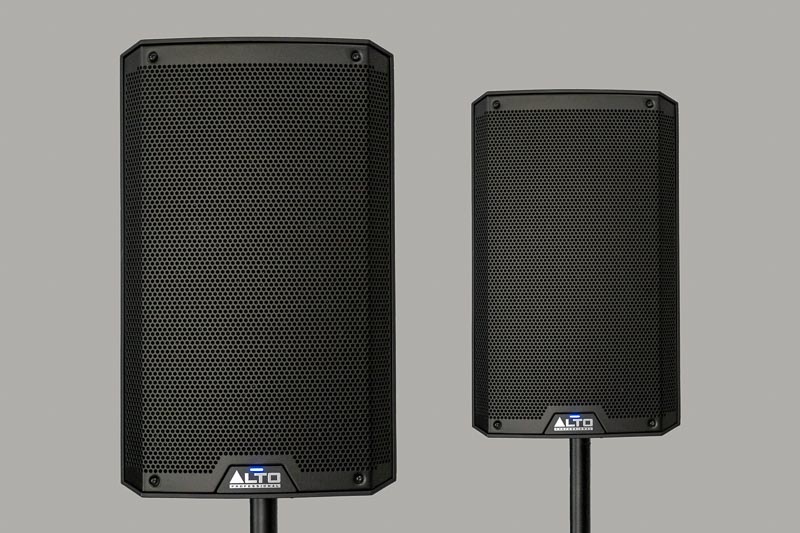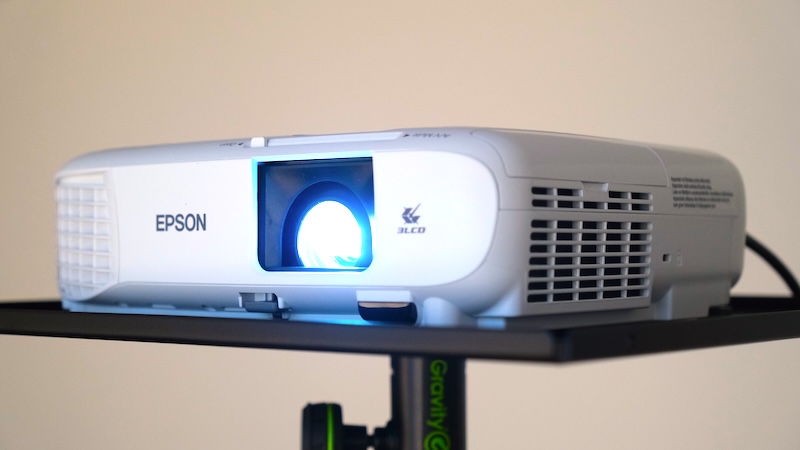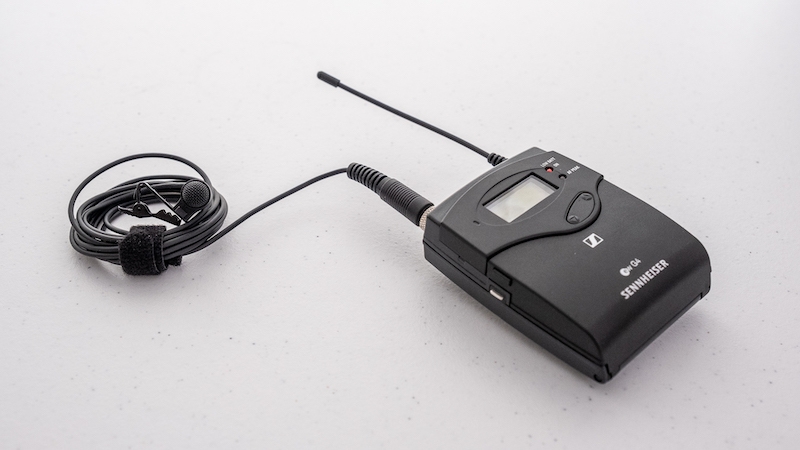Event AV is often an afterthought for those hosting smaller conferences, seminars, or presentations, sometimes to the detriment of their core purpose. In this post, I’ll look at some of the key elements that are every bit as important as the venue or catering if your event is to be a success.

Event Audio Visual support for Community First Oxfordshire
In event AV, Clarity is everything!
Organisations increasingly find themselves needing to draw people together for training, passing on information, or simply celebrating success. This means that conference, and seminar events are more popular than ever. However, key elements of this kind of event are often overlooked, or at best take second place to other considerations.
The core purpose of many events is to convey information to an audience; preferably as clearly as possible. But, all too often, presenters and organisers lack the skills to manage this aspect of their event adequately. This is often compounded by poor AV facilities and inadequately trained staff available at many hotel and conference venues.
You will often find, for example, that most hotel event spaces provide only a very basic public address system. I’ve rarely seen anything beyond a single hand-held, consumer-grade wireless mic, and a Tannoy-style PA. You may have grown accustomed to this and assumed that it’s how things are done. However, if you require good audio definition that won’t fatigue your audience’s ears over a full day, you need more.
Many venues also provide fairly outdated, lower-resolution projectors that don’t give the image clarity that we’re now used to. Most projectors I’ve seen hanging from conference suite ceilings belong in the first rather than third decade of this century.
Getting your message across effectively demands clarity! So, even though your event might be small, ensuring good AV facilities is a must for success.
Event AV sound
Mics and other audio sources
Making sure that everyone can hear your presenters clearly, without straining their ears over a long period is essential. For this, you need good quality microphones and potentially several of them.
A single static mic on a lectern, while better than nothing, rarely provides the audio capture necessary for good delivery. Many presenters find it hard to stay on-mic. They will often turn to their PowerPoint presentation or lower their heads to read while talking, for example. Good quality, reliable lavalier or lapel mics, that effectively follow the presenter’s voice are a must to overcome this.
I’ve also seen many Q&A sessions made inaudible for most of the audience because panel members aren’t miked. Having at least one suitable wireless mic that can be passed around the audience is also essential for hearing questions.
Another bugbear of mine is hearing a video soundtrack over the nasty internal speakers of a projector or laptop. A simple solution to this is to ensure that the audio is routed to the PA system. Often this isn’t done either because there is no solution provided to do this or because no one knows how!
A suitable event AV PA system
Installed PA systems are often more aesthetically pleasing and arguably more convenient than a mixer and speakers on stands. However, they’re rarely up to the job of handling event audio. Key components are also sometimes hidden away out of sight in cupboards and the like, making on-the-fly adjustment impossible. Speaker placement often lends itself to audio feedback (squealing), because optimum audio performance isn’t the priority.
A pair of well-designed PA speakers, placed in front of the stage area, facing the audience will improve results. In longer rooms, these can also be supplemented with a second pair of speakers, time delayed to aid clarity. Speakers should be powered by amplifiers with plenty of headroom to avoid driving them too hard. This can lead to both distortion and unnecessary feedback! A mixer, with the appropriate number of channels, that can be operated from the audience position is highly desirable.

Full range, point source PA speakers appropriate for conference audio production.
Projection and PowerPoint presentations
Data projectors and PowerPoint slideshows have been a mainstay of conferences, seminars, and other similar events for decades. You might find that giant LED screens or video walls have superseded projectors in more elaborate settings, but projectors and screens are still far more common. Meanwhile, PowerPoint presentations remain a highly effective and versatile tool for providing visual material to support speakers.
Over the last three decades, technology has moved at an alarming rate. Projectors that, only 10-15 years ago, represented a considerable investment, often several thousands of pounds, are now all but obsolete. However, many of them are still in operation, dangling from ceilings in classrooms and conference rooms throughout the country. At the time they had acceptable resolution that matched the laptops that were generating the images shown on them. This was often SVGA (800×600 pixels) or, if you were lucky, XGA (1020×768 pixels). However, things have moved on, and Full HD (1920×1080 pixels) or even 4K (3840×2160 pixels) are now readily available. This means larger, clearer projections, better for everyone trying to read text or view images at your conference. Or, from another perspective, showing presentations over older, low-resolution equipment that’s often provided, will degrade your audience’s experience.

A modern full HD projector from Epson.
With the benefits of higher definition comes the possibility of projecting onto larger screens. Even a conference room that seats just 100 delegates might be 15m/45 feet from front to back. With this in mind, a 100-inch or larger screen will be infinitely preferable to one of 60/70 inches.
A word about PowerPoint
No matter how large or high-definition your projection equipment is, preparing PowerPoint slides appropriately is still essential.
Presenters often cram huge volumes of text, in a small font, onto PowerPoint slides, making them very difficult to read. Also, presenters often move on before the audience has taken in all of the information presented, adding insult to injury. In addition, many presenters still prepare slides in the older 4:3 aspect ratio rather than the, now ubiquitous, 16:9 ratio. This means that their slideshow fails to make good use of the screen area available.
To avoid the above, you can issue a presentation template or at least a set of requirements in advance. This can help determine a minimum font size or maximum number of words per slide. It can also ensure 16:9 presentations that make full use of your screen real estate.
Stourbridge-based Mooma Media offers event audio-visual support, event filming, live-streaming, video production, and still photography services to businesses, the public sector, and other non-commercial organisations throughout the Black Country and the wider West Midlands region. To discuss your project, or for a competitive quote click the button below.
AV support for events in and near
West Midlands county: Birmingham, Solihull, Sutton Coldfield, West Bromwich, Dudley, Walsall, Wolverhampton.
Staffordshire: Lichfield, Tamworth, Stafford, Cannock,Burton upon Trent.
Shropshire: Telford, Shrewsbury, Bridgnorth, Kidderminster, Ludlow.
Worcestershire: Bromsgrove, Reditch, Droitwich, Worcester,
Warwickshire: Warwick, Stratford upon Avon, Leamington Spa, Coventry, Nuneaton,


Comments are closed